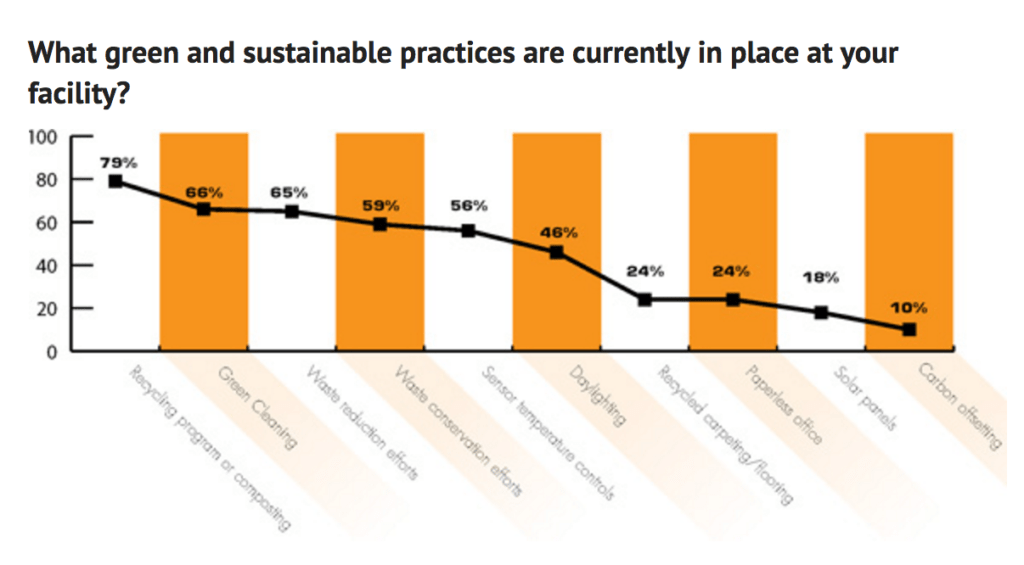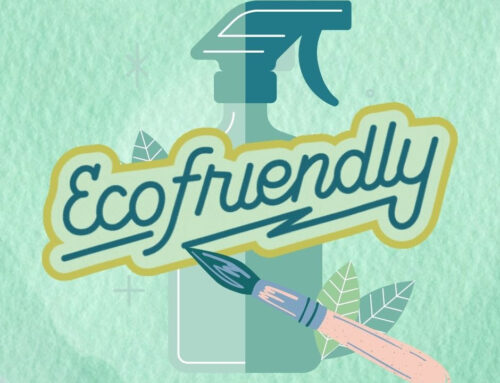Sustainability by the Numbers
New survey outlines trends in green cleaning initiatives
Sustainability programs are making major strides in the cleaning industry, according to the new tenth annual Clean Link Reader Survey. The report questioned custodial executives in diverse fields, including healthcare, commerce, hospitality, government and education. Results show a surprising influx in green practices, and a changing attitude towards sustainability. Explore the full breakdown below, and how these trends may impact you in the future.
Slow but Steady Sustainability

The survey showed a reduced number of participants pursuing green certification awards like the LEED program. This fell from 20 percent in 2015 to 16 percent this year. This could be due to the cost of infrastructural retrofitting, like installing sustainable flooring and solar panels. Instead, most participants show a preference for daily programs like recycling, green cleaning, and waste reduction . Over 50 percent of those surveyed operate all these programs. Read more here about employing LEED practices without blowing your budget.
Low Tech, But Effective
The report shows a remarkable jump in participants launching green cleaning programs for the first time. Participants starting their program less than a year ago rose from 18 percent in 2015 to 34 percent. This could be thanks to the many affordable green cleaning options available on the market. The top-used products include micro fiber products, green cleaners and detergents, and sustainable paper products.
Big Healthy Benefits
Above all, survey responders identified the healthy impact of green products as the greatest benefit by far. In all, 60 percent of participants citing improved health among building occupants and cleaning workers. Furthermore, research supports these results, showing green cleaning products sanitize without toxic exposure to harmful chemicals. Read more here about the dark side of conventional disinfectants.
Improving public perceptions for companies came second among participants at 57 percent, while reducing cost and expenditures came third at 42 percent. Though attracting an initially higher price tag, green products do cost lower in the long run thanks to its bulk packaging and multiple applications.






